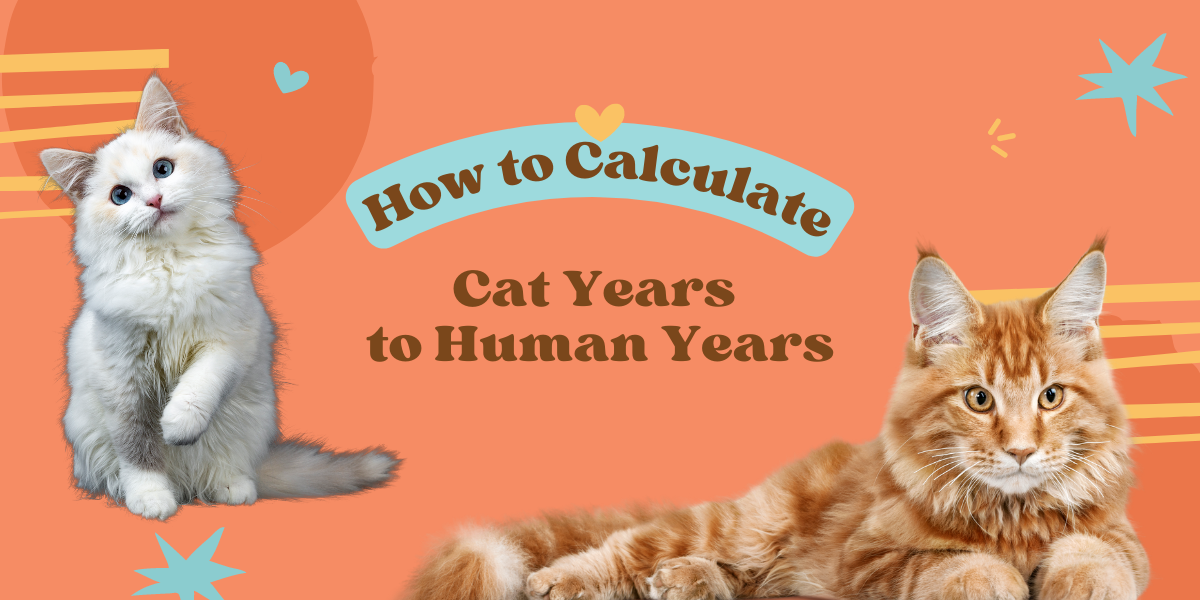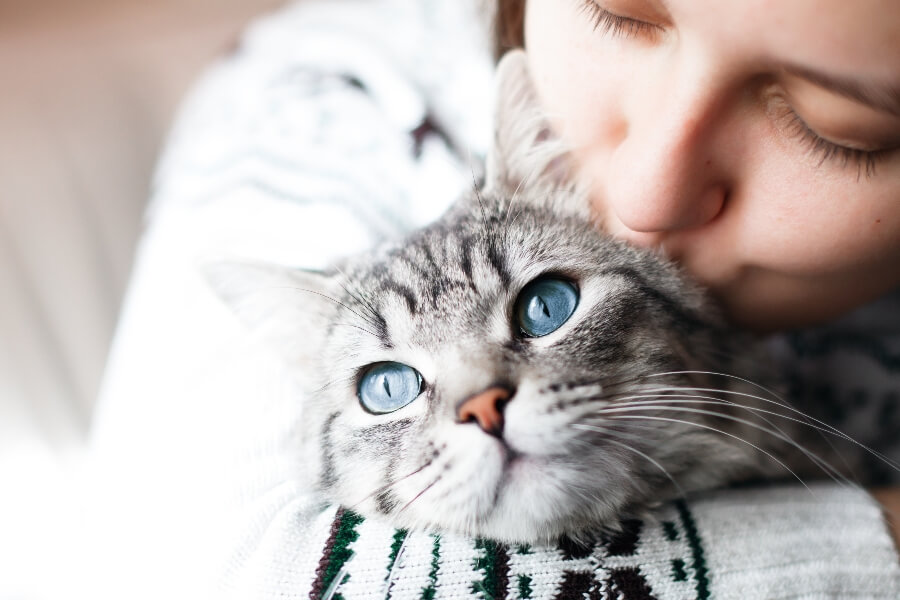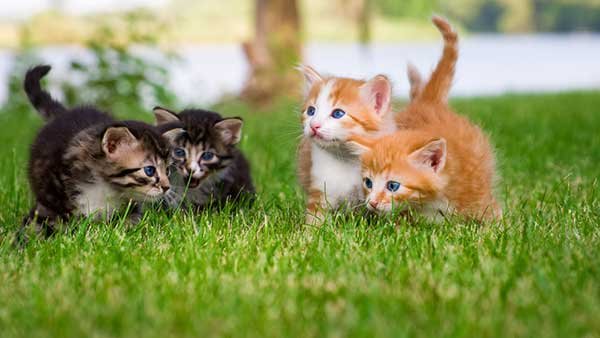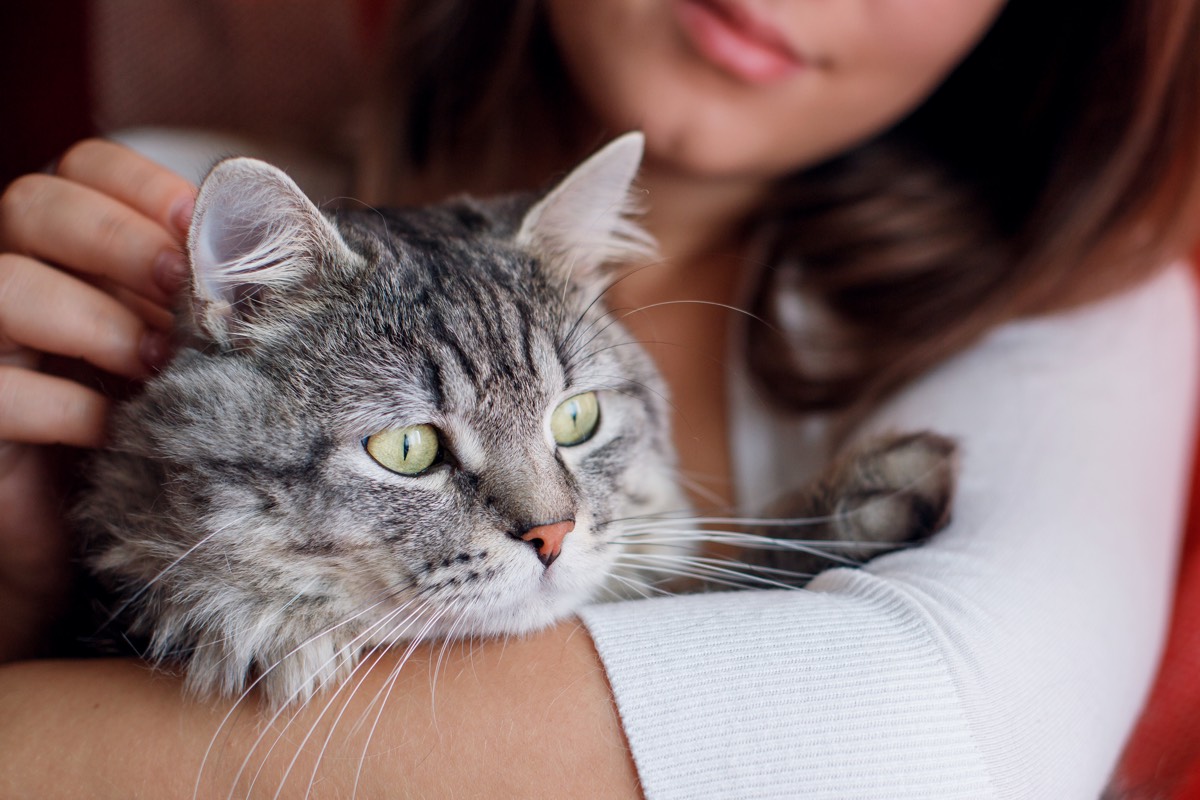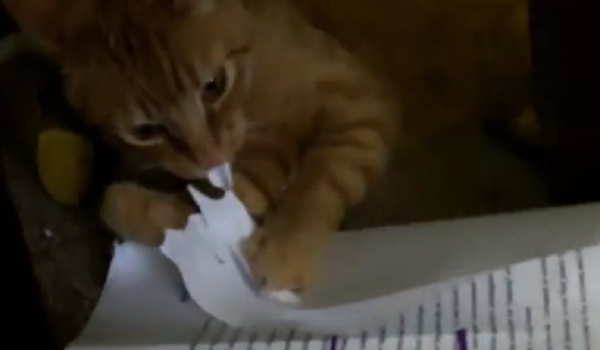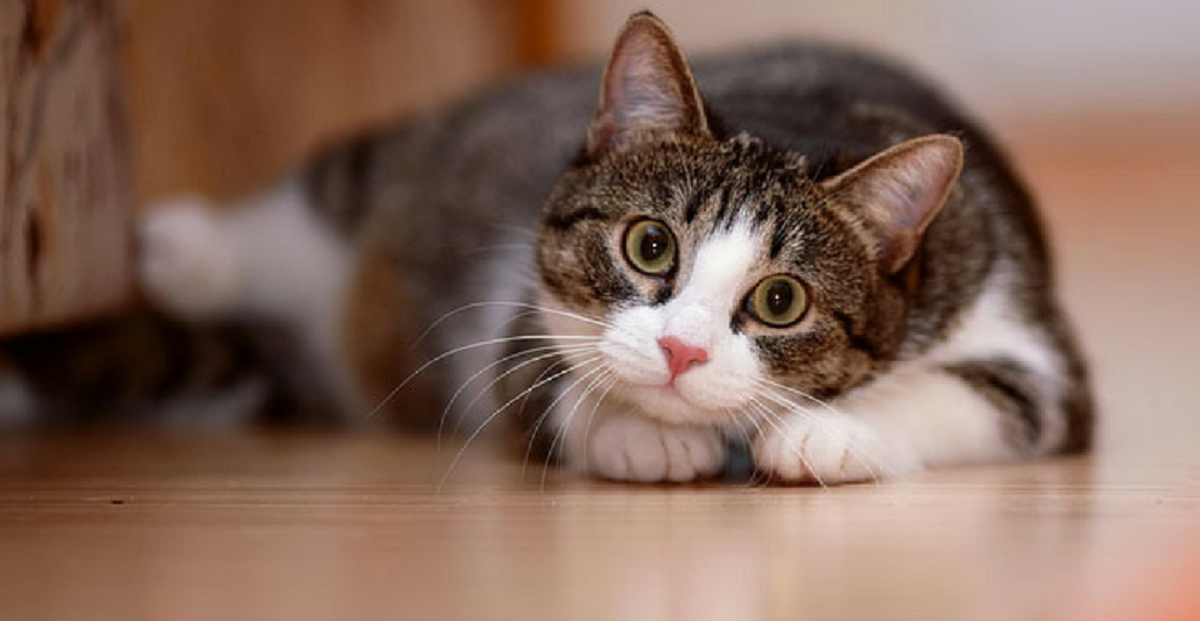In human years, how old is my cat?
One human year is considered equal to seven “cat years,” but a one-year-old cat is far more mature than a seven-year-old child. This guide will teach you everything you need to know about your cat’s life expectancy and how to calculate cat years to human years. It’s generally accepted that the first two years of a cat’s life are equivalent to the first 25 years of a human’s life, despite the fact that no scientific method exists to accurately measure this relationship. After that, for every human year, multiply it by four “human years.” Using this formula, if your cat is six years old, their equivalent human age in cat years will be around 41 years.
What is the equivalent number of cat years in a human year?
The first year of a cat’s life is equated to 15 human years in terms of time. This means that two cat years are approximately 24 human years. After that, every additional year in human time is equivalent to about four ‘cat years.
In general, how long can cats live?
Indoor cats tend to live longer than outdoor cats, but this is not always the case. It is common for indoor cats to live for a decade or more after they are bornRegardingto cats, life expectancy varies by breed, with some having naturally longer lives than othersRegardingto humans, Siamese, and Manx breeds are said to be the longest-lived.
Did you know? It’s been claimed that the world’s oldest cat was 34 years old? In human years, that’s 153! Here are some more interesting cat facts.
In the last few decades, the life expectancy of cats has increased significantly. No matter how much time we spend with our feline companions, it can only be positing.
How do I know how old my cat is?
It would help if you took your cat to a veterinarian to find out how old they are. Even if you don’t know how old a cat is, you can still look for its health and signs.
Teeth
The age of a cat can be inferred from its teeth, but teeth alone cannot tell you when your feline friend’s birthday. So it has been a long road to get here.
- Between two and four weeks, a kitten’s first set of teeth emerges.
- Four months later, they’ll be able to show off their new, white teeth.
- Any yellow tartar (also known as tooth decay) on your cat’s teeth could indicate that he is one to two years old.
- If the stains are visible on the cat’s teeth, it’s safe to assume that it is between the ages of three and five.
- Having missing teeth is usually a sign that your cat is between the ages of ten and fifteen.
- Cats can have bad teeth regardless of age, so keep this in mind.
- Baby incisors emerge in a kitten between the ages of two and four weeks.
- When a kitten is 3 to 4 weeks old, it will begin to produce its own litter of kittens.
- The lower jaw of a kitten that is 4 to 6 weeks old begins to grow baby premolars.
- Eight-week-old kittens have all of their baby teeth fully developed.
- The permanent incisors of a 4-month-old kitten begin to form at this time.
- All of a kitten’s permanent teeth are fully developed by the time it is 5 to 7 months old.
- A one-year-old cat’s teeth are white as snow. Therefore, plaques and tartar accumulation should be absent.
- Two-year-old cats’ teeth may be discolored a dull yellow.
- Teeth that are between three and six years old have begun to wear down. As a result, plaques and tartar formation may be visible.
- When a cat reaches the ten- to fifteen-year mark, it is likely to show signs of gum disease, bad breath, and moderate to severe plaque buildup on its remaining teeth.
Eyes
Your cat’s teeth do not always serve as a reliable indicator of age; its eyes may be able to help. When a cat’s eyes appear to be cracked, it indicates that it is older than it is. When a cat reaches 12 years of age, its eyes begin to cloud up. Cats in their senior years are more likely to shed tears and produce eye discharge, so be on the lookout for these signs.
Muscles and bones
Be on the lookout for features that might help you piece together your cat’s age. Your cat’s muscles will appear more defined if they are more active. A young cat’s game is to play, jump, and run. It’s possible that as catageer, they’ll begin to lose muscle mass which is could be a sign of aging. Older cats may have more boniness, loose skin, or protruding shoulder blades due to their age.
Coat
A cat’s coat’s color and texture evolve as it ages. Young cats tend to have the softest coats. With age, a catskin becomes thicker and coarser, with a noticeable amount of grey hair.
Cat Years to Human Years Table
| Age of cat (years) | Human years |
|---|---|
| 6 month Kitten | 10 |
| 1 | 15 |
| 2 | 24 |
| 3 | 28 |
| 4 | 32 |
| 5 | 36 |
| 6 | 40 |
| 7 | 44 |
| 8 | 48 |
| 9 | 52 |
| 10 | 56 |
| 11 | 60 |
| 12 | 64 |
| 13 | 68 |
| 14 | 72 |
| 15 | 76 |
| 16 | 80 |
| 17 | 84 |
| 18 | 88 |
| 19 | 92 |
| 20 | 96 |
| 21 | 100 |
How to Calculate Cat Years to Human Years
- The Cat’s first two years are equal to 25 human years.
- As a result, every human year equals four cat years. However, this depends on how active your cat is, and you can convert their age using our cat years calculator. You can use this calculator to get an idea of how old a cat is in human years.
Contrary to popular belief, seven human years are not equivalent to a cat year. A six-month-old human is still a babe in arms, whereas a six-month-old cat is fully capable of taking care of herself and having hen litter. Cat years to human years are difficult to calculate because our feline friends age quickly in their first few years, then slow down.
However, knowing your cat’s life stage is more important. This is important because the body’s organs change as it ages. Cats average lifespan can be increased by reducing the stress on their kidneys by altering their diet.
FAQS (FREQUENTLY ASKED QUESTIONS)
Q: What is the average life expectancy of an indoor cat?
A: An indoor cat’s average lifespan is 10 to 15 years, but some cats live to be 20. 1 The longer lifespans of indoor cats can be attributed to the fact that they do not have to worry about predators or the other dangers that come with living outside. As a result, indoor cats tend to be healthier and live longer than their outdoor counterparts.
Q: Who is the oldest cat alive?
A: One of Chanthaburi’s oldest Siamese cats has been dubbed the world’s oldest living feline. Despite her advancing age, “Great Grandmother Wad” is still able to walk and recall, her owner says. Her teeth have lost some of their strength, despite her best efforts. Both fish heads and fish and rice have been replaced by soft canned food, which was once two of her favorites.
A cat from Oregon has recently been in the running to become the oldest cat in the world. Guinness World Records was contacted by Charly Briggs to determine if her cat Samm, who is now 26 years old, would be the world’s oldest surviving cat. That Samm is 26 years old and in good health has been confirmed by his veterinarian. According to Briggs, she plans to submit the necessary evidence to Guinness World Records to have Samm officially recognized.
The oldest surviving cat siblings have been documented by the prestigious record-keeping organization Guinness. Pika and Zippo are their names. Pika and Zippo have been raised by the Teece family in London, the United Kingdom, for the entirety of their lives. The felines are estimated to be 43 years old in total. Each of them is twenty-one and a half years old because they are twins.
As of right now, there isn’t a cat alive who can lay claim to being the world’s oldest cat was the most recent feline, but he was found dead in 2016 after he went missing from his home in 2015. At the time of his death, Corduroy was 27 years old.
Q: How do I make my cat live longer?
A: In order to ensure that your cat lives a long and healthy life, what actions should you take? In order to help your cat live longer, here are my top five tips:
1. Feed your cat with WET foods. Canned food is preferable to raw food. During my feline health and nutrition courses, I learned that wet food is superior to any quality dry food you can buy. To begin with, the nutritional value of dry food is lost during the high-temperature processing stage. In addition, water is a key component of moist food. In addition, water is essential for survival. Detoxification and organ function are maintained by regular water consumption. Also, cats don’t really have a thirst drive; they get most of their water intake from their food.
2. Keep your cat INDOORS. For a variety of reasons, indoor cats tend to live longer than outdoor cats. Cats inside will be safe from cars, wild predators (such as coyotes and mountain lions), injuries from fights with other cats and animals, diseases, fleas, and theft if you do not let them roam free. Keep them inside! You’ll also be doing your part to protect the birds and other small animals that call your yard home!
3. Spay or neuter your cat. In addition to being one of the most important things you do when you get a new cat, this will prevent testicular or breast cancer. Delaying spay surgery until your cat is older can increase the likelihood that your cat will develop certain cancers by as much as 50%.
4. Exercise your cat’s BODY and MIND. Cats need to be mentally and physically stimulated! In addition to food puzzles and toys that simulate hunting scenarios and end with a “kill” or treat, make sure they have plenty of other playthings to keep them entertained. It’s also important to provide your cat with perches, shelves, cat trees, and hidey-hole so that he or she can keep tabs on what’s going on around the house. Make sure to play with your cat every day!
5. Lots of LOVE. Give your cat a lot of love and attention, but don’t forget to give your cat some space when he or she needs it. Make sure they have the best life possible, and you’ll be rewarded with a lifetime of love and companionship.

